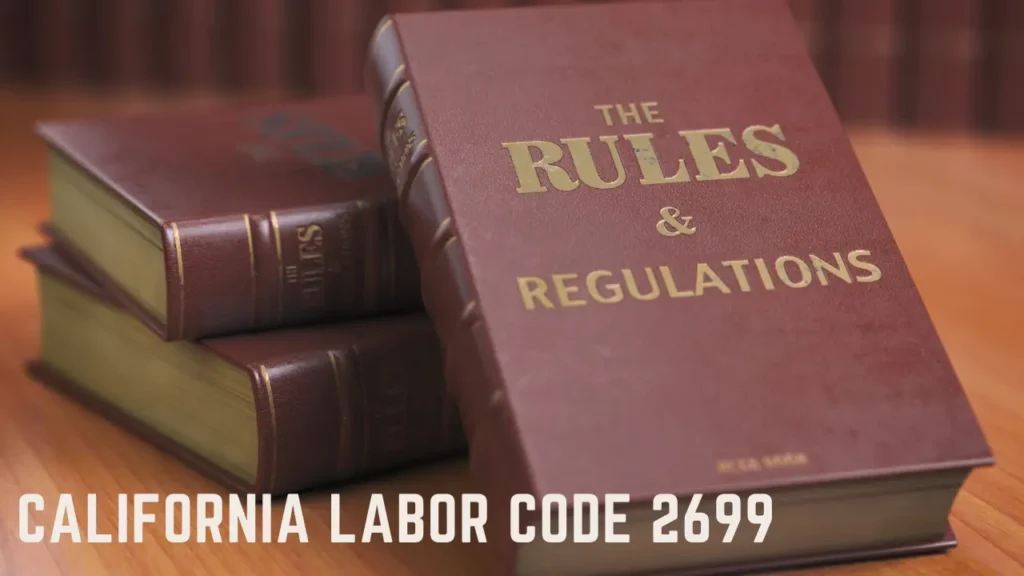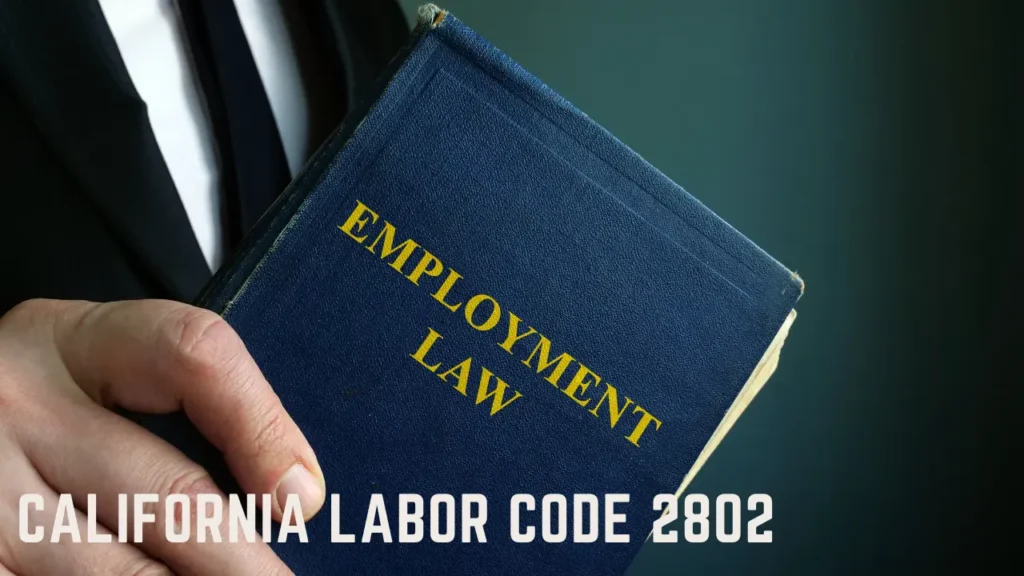Table of Contents
ToggleThis guide provides a comprehensive analysis of AWS, exploring its implementation, the election process, and its impact on overtime pay.
It sheds light on this unique work arrangement, highlighting the importance of employee consent and adherence to California labor laws.
This is an essential read for those seeking clarity on AWS and its effects on daily overtime pay.
What Exactly is an Alternative Work Schedule?
An alternative work schedule (AWS) is a unique arrangement that restructures the traditional workweek, allowing for extended workdays but fewer days worked within the week. This system is designed to enhance work-life balance, reduce commuting times and costs, and increase productivity.
In California, AWS is regulated under labor law, permitting workdays of up to 10 hours without the need for overtime payment. However, the implementation of an AWS requires a two-thirds majority approval from the affected workforce through a secret ballot. Employers must provide a written proposal detailing the AWS options and hold a meeting to discuss the changes at least 14 days before the vote.
AWS can significantly alter the rights to daily overtime pay, making understanding its implications crucial.
How to implement an alternative workweek schedule in California?
To implement an alternative workweek schedule in California, the employer must first develop a written proposal or collective bargaining agreement outlining the new hours and workdays.
The proposal needs to be presented to employees in a language they understand.
The employer must then hold a meeting, giving employees at least a 14-day notice.
Following this, a secret ballot election is conducted during regular working hours.
At least two-thirds of the affected employees must vote in favor of the proposed schedule to be implemented.
Once approved, the employer is required to report the results to the Division of Labor Standards Enforcement within 30 days.
Employers are prohibited from retaliating against employees who do not vote in favor of the alternative schedule.
The election
Conducting the election for implementing an Alternative Workweek Schedule in California is critical to ensure that the process occurs on the worksite during regular working hours and is carried out via a secret ballot. This ensures impartiality and protects employees’ rights.
To be successful, at least two-thirds of affected employees must support the proposed schedule. Employers have to inform all affected employees about the election at least 14 days before the vote, providing written disclosures about the proposed schedule.
After the vote, the employer must report the results to the Division of Labor Standards Enforcement. It’s crucial to note that employers cannot intimidate or retaliate against employees based on their vote, maintaining a fair and equitable process.
What is a work unit?
In California’s labor law context, a work unit represents any identifiable grouping of employees within an organization. This can be determined by various criteria, providing flexibility for employers to structure their workforces effectively.
- It can be a specific department or division within the organization, allowing for differentiation based on job roles or functions.
- A work unit may also be defined by a distinct shift, enabling organizations to manage variable work hours.
- Alternatively, a separate physical location can constitute a work unit, particularly relevant for businesses operating across multiple sites.
Regardless of its composition, a work unit can serve as a basis for implementing alternative workweek schedules, thereby playing a crucial role in shaping the working conditions of employees in California.
How AWS can impact overtime pay
One significant consequence of implementing an alternative workweek schedule (AWS) in California is the change it brings to overtime pay for non-exempt employees. Under AWS, the definition of overtime is modified. Employees on AWS are eligible for overtime pay only after exceeding the agreed-upon daily hours, which can be up to ten hours a day, or 40 hours a week.
In contrast, without AWS, employees earn overtime after eight hours in a day or 40 hours in a week. Furthermore, AWS employees are entitled to double time for hours worked beyond 12 in a day or past the eighth hour on non-AWS days.
Therefore, AWS can significantly impact how and when overtime pay is calculated and distributed.
Some common alternative schedules?
Following the changes in overtime pay due to AWS, let’s now explore some common alternative schedules that employers in California often implement.
- Four-Day Workweek: Enabling a 4-day workweek with 10-hour shifts, employees enjoy a 3-day break, ensuring a 40-hour workweek.
- 9/80 Schedule: Under this schedule, employees work nine hours for eight days and eight hours for one day over two weeks, with one day off.
- 3/12 Schedule: Typically used in healthcare and public safety sectors, this schedule entails three 12-hour shifts a week, providing employees with four days off.
Understanding these alternatives can help employers and employees alike navigate the complexities of AWS, ensuring both productivity and work-life balance.
Alternative work schedule
Adoption of an alternative work schedule calls for a comprehensive understanding of its implications for both employers and employees. It refers to a structured workweek involving longer workdays but fewer days in the week. It is permissible under California labor law to have up to 10 hours of work in a day under this schedule.
The implementation of such a schedule requires secret ballot approval by two-thirds of the affected employees. Furthermore, employers must ensure that the election process is transparent and devoid of any coercion or intimidation.
It is crucial to note that the alternative work schedule modifies the overtime pay rights but does not affect the regular wage structure.
Frequently Asked Questions
1. Can an Employee Refuse to Work an Alternative Workweek Schedule if It Has Been Approved?
In California, once an alternative workweek schedule is approved by a two-thirds majority of employees, it becomes obligatory. Employees cannot refuse to work the approved schedule without potential employment consequences.
2.What Recourse Do Employees Have if They Believe the AWS Election Was Not Conducted Fairly?
If employees believe the AWS election was conducted unfairly, they can report their concerns to the Division of Labor Standards Enforcement in California, which will investigate and enforce compliance with labor laws.
3. Are There Any Specific Industries or Jobs Where AWS Are More Commonly Used in California?
Alternative Workweek Schedules (AWS) are commonly used across various industries in California, including healthcare, manufacturing, and technology, where extended workdays are beneficial for operational efficiency and employee work-life balance.
4. What Happens if an Employee Works More Than the Agreed Hours in an Aws?
In California, if an employee exceeds the agreed hours in an Alternative Workweek Schedule, overtime wages apply. They receive overtime for hours beyond their AWS or 40 hours per week and double-time in certain cases.
5. Can AWS Arrangements Be Altered or Canceled Once They Are in Place?
Yes, Alternative Workweek Schedules (AWS) in California can be altered or canceled. However, changes require a new proposal, a two-thirds approval vote from affected employees, and adherence to the same procedural requirements as initial adoption.
Conclusion
In conclusion, Alternative Workweek Schedules (AWS) in California provide a unique work arrangement that can offer benefits to both employers and employees.
However, its implementation requires careful attention to legal compliance, employee consent, and a thorough understanding of overtime pay calculations.
The implications of AWS on work units and various alternative schedules further add to its complexity.
Therefore, a comprehensive understanding of AWS is imperative for its successful integration into the workplace.














